A pioneering drone delivery project in northern Michigan has landed its second significant state funding infusion, cementing the Grand Traverse area’s status as a premier testbed for cutting-edge aerial mobility technology. The effort, led by Traverse Connect and Munson Healthcare, was awarded a further $950,000 grant from Michigan‘s Advanced Aerial Mobility Activation Fund, on top of an initial $689,500 grant that established the pilot program last year.
The announcement came during a drone demonstration at Munson Medical Center, where state and local officials touted the technology’s potential to revolutionize healthcare delivery across Michigan’s rural communities. The second round of funding brings the state’s total investment in the project to nearly $1.64 million, reflecting Michigan’s commitment to developing statewide aerial mobility technologies.
Transforming Healthcare Delivery Through Innovation
Munson Healthcare, northern Michigan’s largest healthcare system, has begun utilizing Drone Technology to connect its facilities across the region’s expansive 14,667 square miles of service area. The system, which serves 540,000 residents in 29 counties through eight community hospitals, has tremendous logistical challenges in delivering timely healthcare services to rural communities.
The pilot program has successfully demonstrated drone deliveries linking Munson Medical Center laboratory sites on Sixth Street in Traverse City to the Copper Ridge Surgery Center in Garfield Township and the Munson Dialysis Center on West Royal Drive. In recent tests, drones manufactured by Michigan-based blueflight of Brighton completed a four-minute flight delivering laboratory samples between the facilities, showcasing the efficiency of the technology compared to traditional ground transportation.

Tracy Cleveland, vice-president of supply chain at Munson Healthcare, emphasized the transformational potential of the technology.
“Transportation is one of the largest barriers to efficient healthcare delivery in our area,” Cleveland said. “Our staff members drive more than 90,000 miles annually to transport laboratory samples, medicine, and supplies from facility to facility. The drone delivery system allows us to transport supplies and samples from one facility to another more quickly, more efficiently, and more safely, which gets patients test results sooner and remote facilities receive much-needed supplies sooner.“
The initiative utilizes advanced technology developed by Virginia-based DroneUp, with Central Michigan University’s Rural Health Equity Institute as a research partner to create implementation guidelines for other rural Michigan communities.
Expanding Uses Beyond Healthcare
Though healthcare delivery is the main emphasis, the drone technology is proving to be versatile in various industries. Recent trials on West Grand Traverse Bay highlighted the system’s potential for use in Search and Rescue missions with the U.S. Coast Guard, water sampling, and underwater topography mapping application.
Traverse Connect’s Camille Hoisington highlighted the emergency response potential: “In life-or-death situations, we can send a drone to get to a distressed boat faster than traditional rescue methods. The drone can precede Coast Guard helicopters, providing immediate assistance and improving response efficiency.”
Traverse Connect President and CEO Warren Call spoke to the broader economic promise of this project.
“This project positions Northern Michigan as a proving ground for aerial mobility innovation,” Call said. “We’re developing a model for public-private partnerships in drone technology that will stimulate economic opportunity, create new tech, logistics, and healthcare careers, and draw startup activity and investment in drone infrastructure.”
Building Michigan’s Aerial Mobility Future
The Advanced Aerial Mobility Activation Fund is a collaboration between the Office of Future Mobility and Electrification, the Michigan Department of Transportation, and the Michigan Economic Development Corporation. The fund aims to create a cohesive pipeline of aerial mobility projects while expediting drone technology development throughout the state.
Current Federal Aviation Administration policy requires drone flights within operator line-of-sight, which has necessitated personnel placed on the roof of Munson’s Webber Heart Center to monitor flights. However, project leaders are pursuing FAA waivers to stretch the area of operation to five miles around Munson facilities, which Cleveland stated would be “wildly successful” if achieved.
CMU’s Rural Health Equity Institute Director John Jervinsky noted the broader implications of the project: “We’re creating a guidebook to allow other Michigan communities to replicate this drone delivery technology and scale it for rural application. This is a great opportunity to improve health outcomes throughout rural Michigan while shaping community-driven solutions.”
The success of this project puts Michigan at the forefront of advanced aerial mobility development, demonstrating how innovative public-private partnerships can address real-world challenges while also fostering economic growth and technological advancement.
Photographs courtesy of Blueflite
Discover more from DroneXL.co
Subscribe to get the latest posts sent to your email.



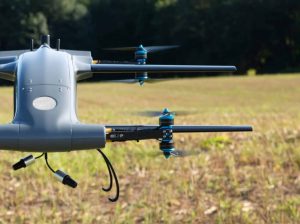

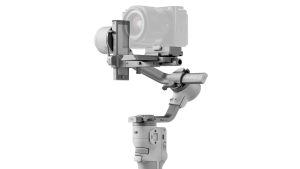
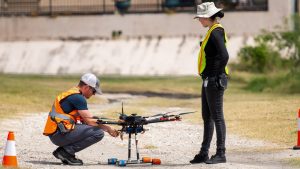


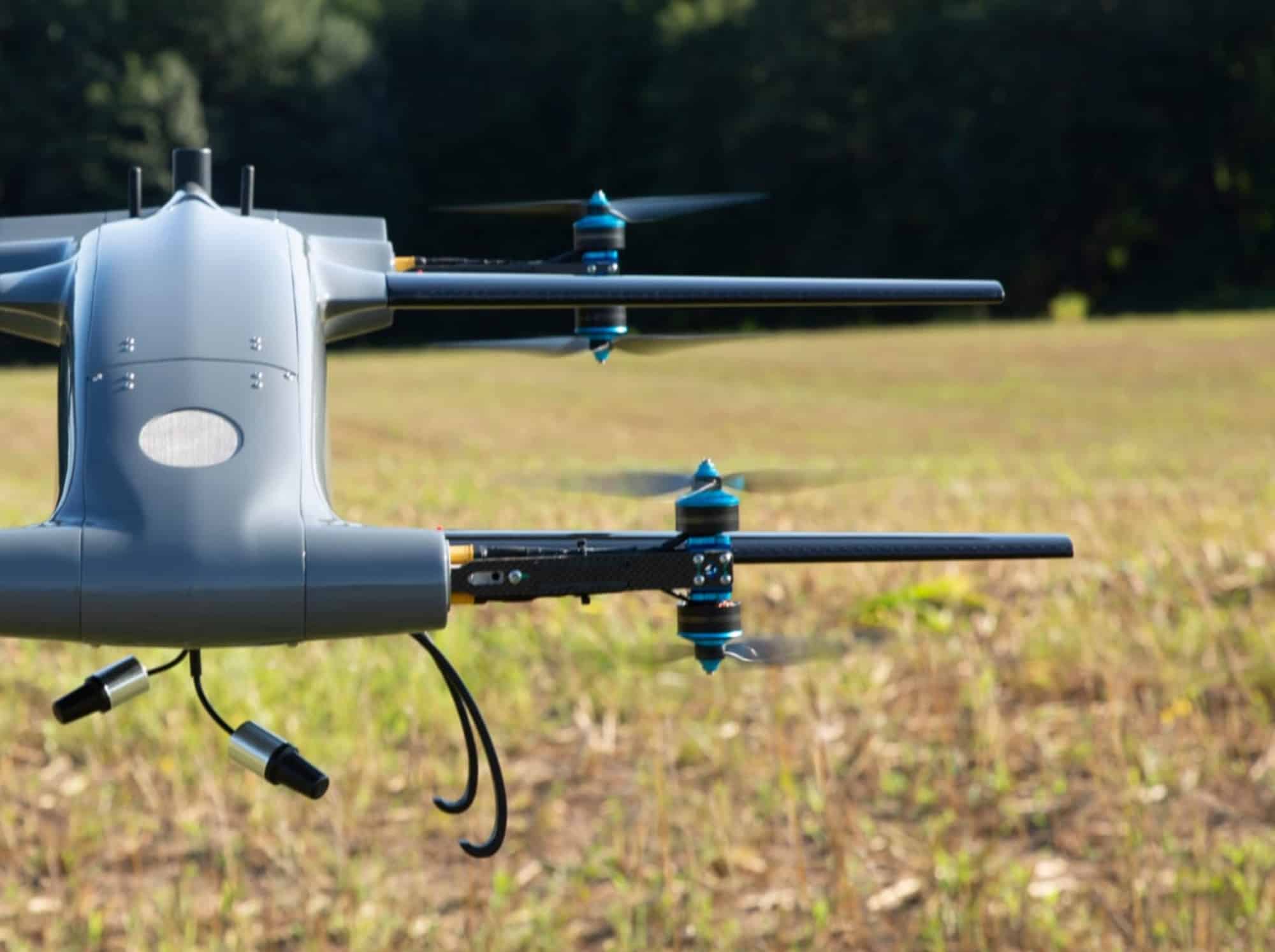


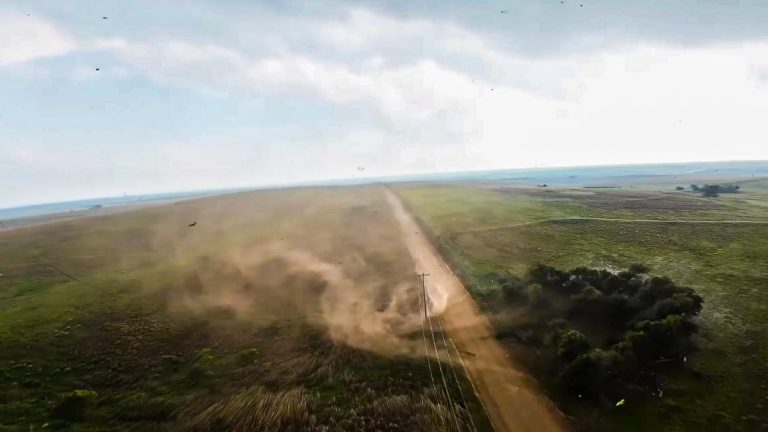

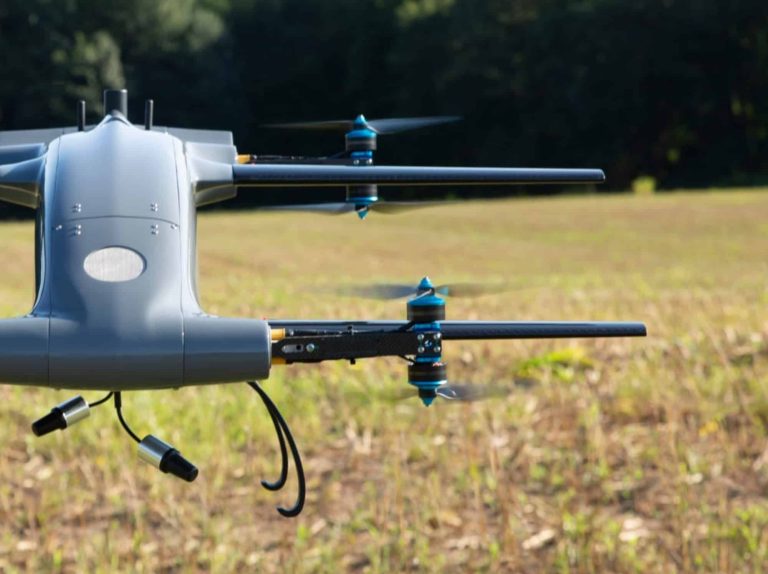

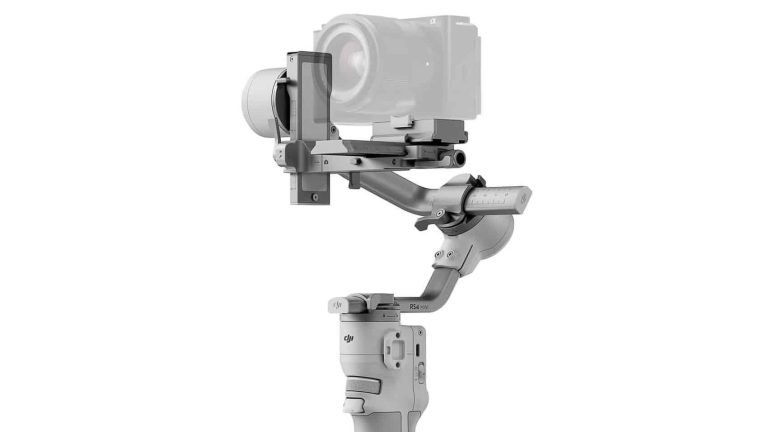
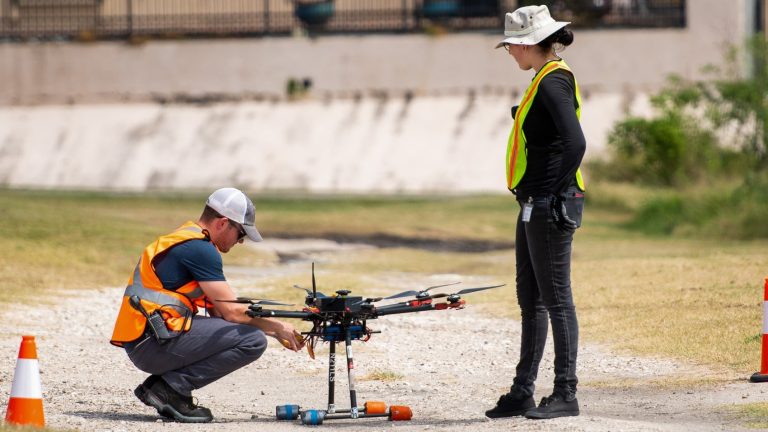

+ There are no comments
Add yours